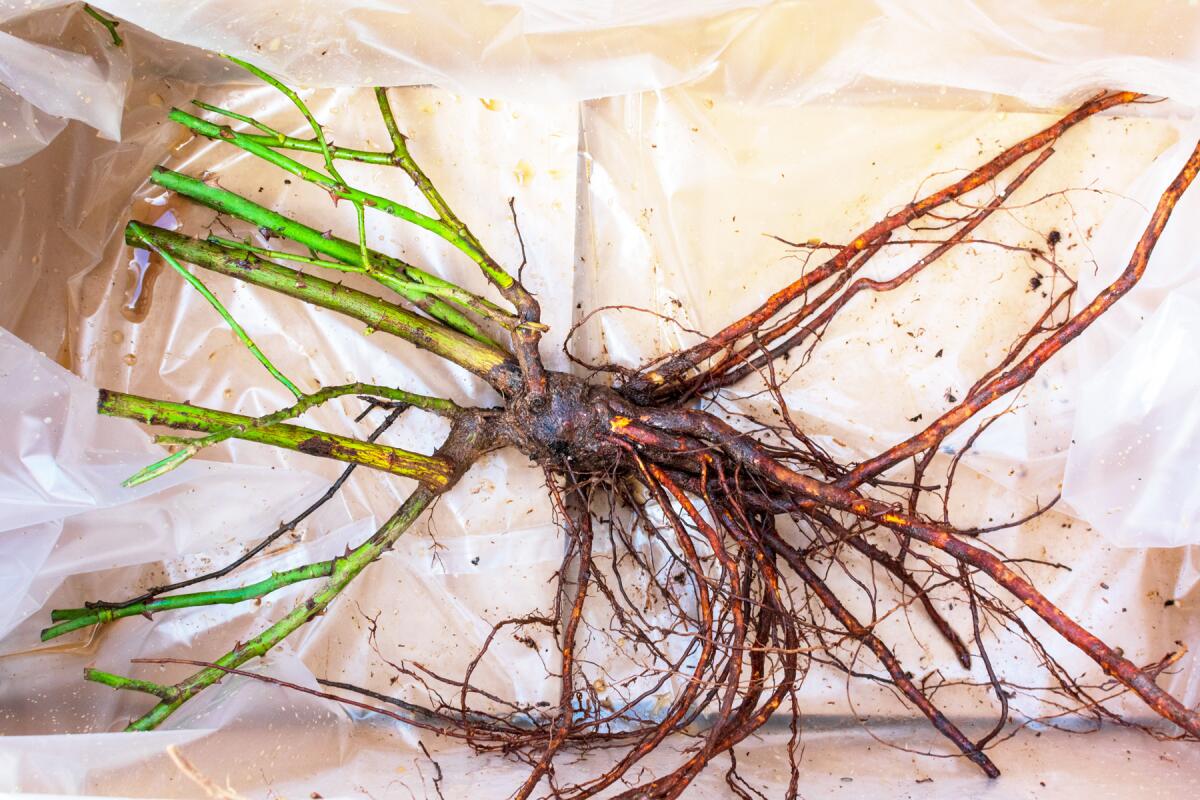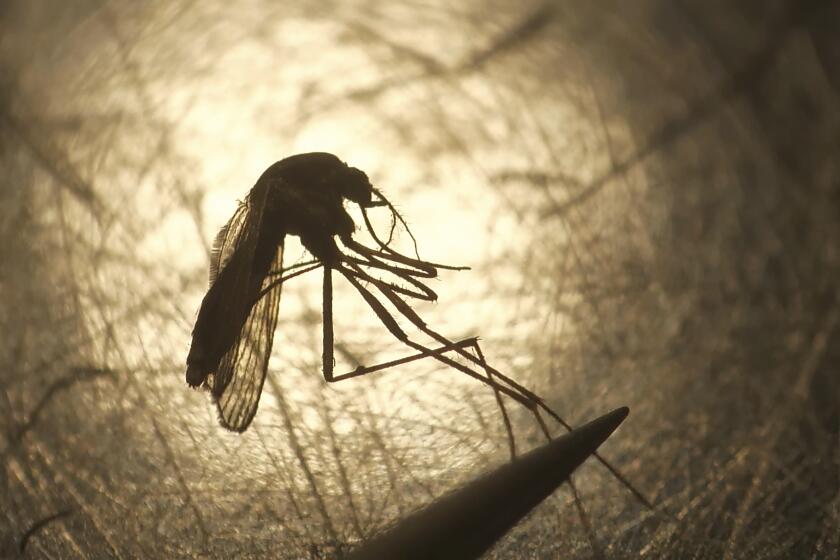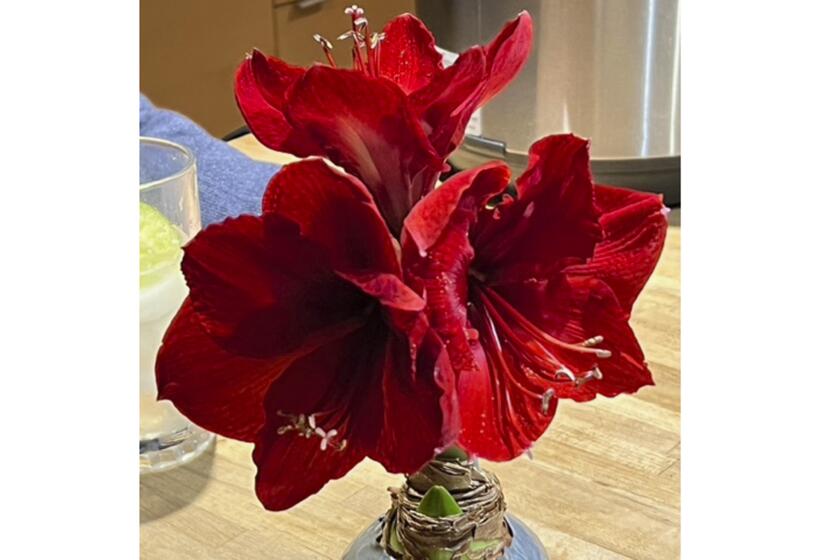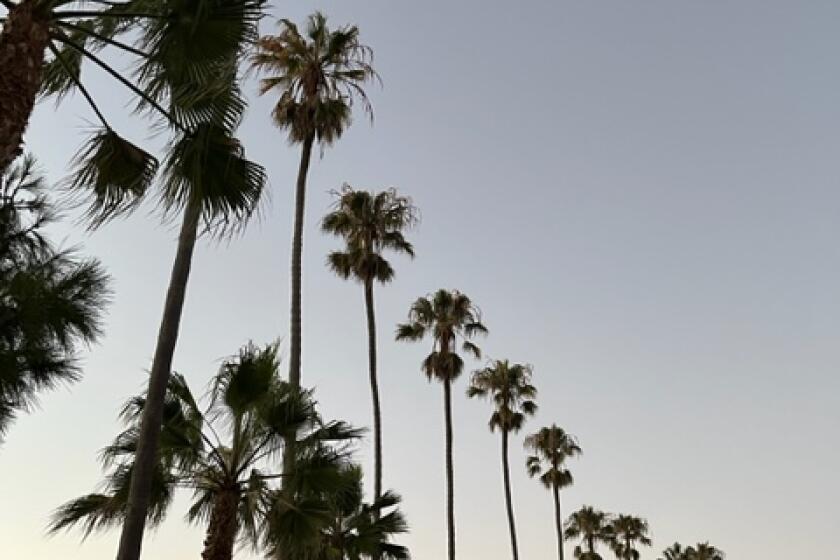Gardening: Discovering one’s roots

For millions of fellow gardeners around the world, our favorite month is January. Actually, maybe that number is closer to six … people.
Anyway …
It’s the time when garden centers stock their bare root plants.
It’s the time to use up what’s left on our credit cards from Christmas.
It’s a time when people say …
“What is it?”
“It looks dead.”
“Let’s go hang gliding.”

Naked roots aside, hang gliding is an adrenaline rush that allows you to share the sky with seagulls, drones and UFOs. A pilot can do loops, spins, rollovers, climb overs, get nauseous and occasionally even make their very own “environmental impact” … head first.
Back on earth, hang gliders are collectively the biggest proponents of bare root plants.
There is no factual data to support this because I just made it up.
In addition, this is one of the worst segues I’ve ever written. My keyboard is speechless.
Bare roots are perennial plants that are living, but inactive. They have no leaves, flowers or foliage.
They are dug up and stored without any soil around their roots. Plants call it dormancy. Bears call it hibernation. Simply put — it’s nap all day, sleep all night.
These plants are grown on nursery farms for about three years. They are usually harvested in early December. In the field, a grower uses a “U”-blade to cut the roots, lift the plant and shake off the soil.
I blamed it on not having the proper weapon in my arsenal when one of my dormants never woke up. Of course, it’s not a failure if I learned something. Next time, I’m shopping at “U”-Blades “R” Us.
Bare root plants are kept dormant in refrigerated warehouses until they’re packaged and shipped to garden centers. When they arrive at the nursery, the roots are set in sawdust, sometimes sphagnum moss, to keep them moist.
Artichoke crowns, asparagus, fruit trees, grapevines, ornamental trees and shrubs, raspberries, roses and strawberries are all plants that you can buy bare. Just to clarify, I’m only talking about bare plants. Nothing else.
They are light, easy to carry and cheaper than those that are potted. The root system can easily be inspected, and any unhealthy and damaged roots can be removed. Some nurseries will do that for you. Also, they can quickly acclimate to new soil conditions and start building a strong root system immediately.
Plant bare-root trees and shrubs usually between December through February. Give them time before spring to start growing. These plants like cool weather, but freezing temperatures can hurt their growth. For best results, they should be planted within 48 hours of purchase.
Remove any packing material and rinse off any remaining soil on the roots. Roots should be undamaged, somewhat dry and not smell rotten.
Occasionally, I have found slight mildew inside the packaging. This is likely caused by the high humidity necessary in cold storage. Since it’s not harmful to the plants, no fungicide treatment is necessary. With good air circulation, the mold will disappear quickly.
Before planting, soak the roots of woody plants for two hours in a bucket of lukewarm water. For asparagus, perennials, strawberries, etc., soak for about 20 minutes.
Dig a hole that is wide enough and deep enough to spread out its roots without bending them. Even if it makes planting easier, don’t cut healthy roots shorter.
Form a small mound in the center of the hole and lay the roots over it. Most perennials should be planted with their crown (where the roots meet the trunk) an inch below the soil surface. Fanning or spreading their roots when transplanting encourages new root growth.
Cover the roots with a mixture of amended and native soil. Tamp down gently to remove air pockets and to secure the plant in place.
Water slowly and remove any remaining air pockets.
Finish filling the hole. Build a ring of soil around the perimeter of the hole to hold water. Mulching with 3 inches of compost will keep the soil moist and weed-free. Keep mulch a foot away from the crown to prevent rot and disease.
Soil pH ranges from 6 to 6.5 for most plants. For acid-loving plants, it’s 5 to 6.
To avoid root damage, wait two months before fertilizing. Deep watering is key.
The plant should sprout leaves in the same year it’s planted. When the temperatures reach the mid-50s, the sleepy heads awaken, stretch, shower, shave, then start to bud.
If you can’t get your bare root plants into the ground right away, pot them and store in a cool spot until you’re ready to plant them.
In the meantime, best wishes and may all your dreams blossom in 2021.
Schmidt is a Poway resident with over 40 years of gardening experience.
Get the Pomerado News in your inbox weekly
Top headlines from Poway, Rancho Bernardo and 4S Ranch, every Thursday for free.
You may occasionally receive promotional content from the Pomerado News.





